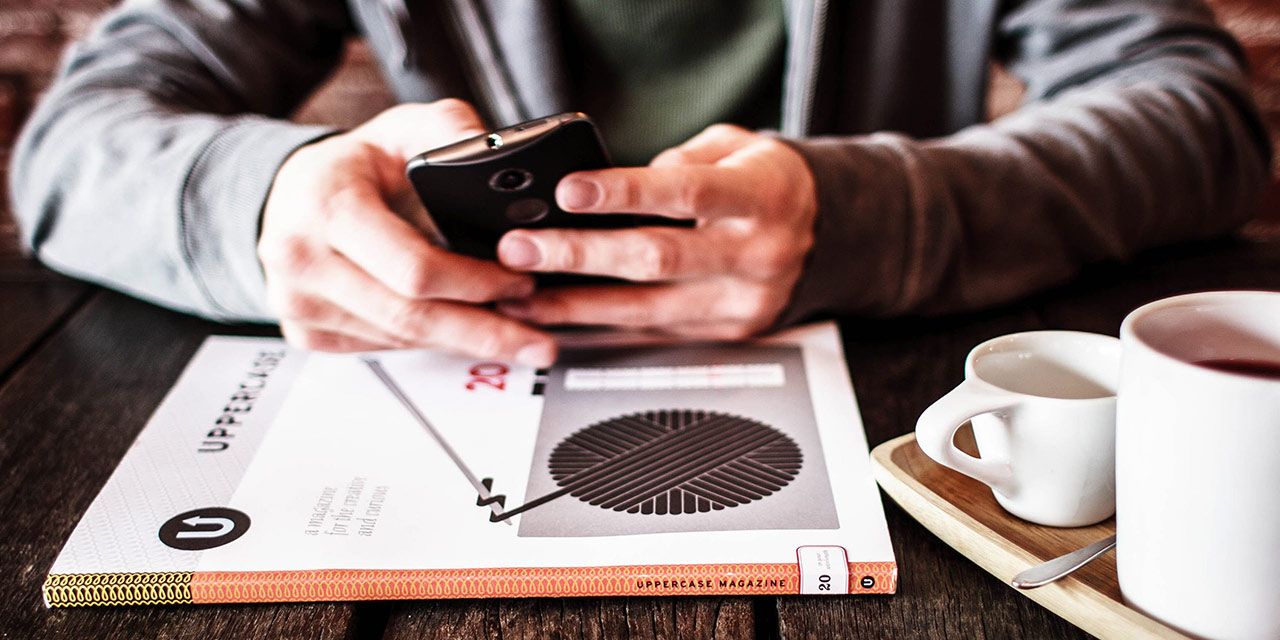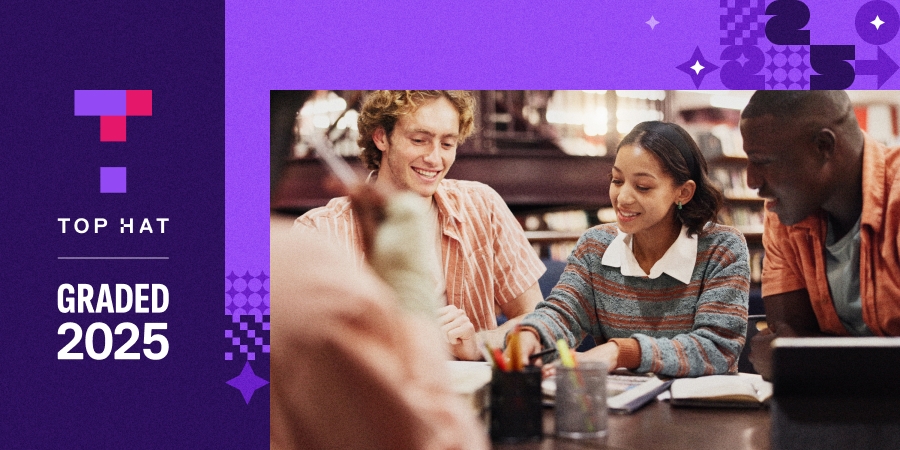The historian Melvin Kranzberg reminded us—in the first of his “Laws of Technology”—that “technology is neither good nor evil.” And yet, he insisted, “neither is it neutral.” Our tools (however advanced) remain expressions of human intent. They magnify both our follies and our promise. So, to adopt a Kranzbergian attitude, where are there openings that allow us to steer common technologies toward their most promising outcomes?
Smartphones, for example, deliver into the hands of their users the computing power that entire governments could only dream of a few decades ago. They brim with potential.
How would we go about capturing that potential? By making phones work for the course material, instead of against it. A recent article published in Nature, for example, reframes smartphones as “pocket laboratories” for students of science.
Here’s one way that could work: Students can capitalize on the 40 megapixel cameras built into new devices. A 3D-printed attachment called CellScope Schisto has been developed by bioengineers at the University of California, Berkeley; it snaps onto smartphones and turns them into powerful, portable microscopes (networked microscopes, no less). For students at schools without fulsome laboratory space, such “pocket laboratories” can help to level the playing field. They also bring research into the field in an easy and expedient way.
The possibilities are manifold. One company in the United Kingdom, Oxford Nanopore Technologies, has even produced a smartphone-enabled DNA sequencer called SmidgION (available by the end of 2017)—a potential boon for your average post-doc engaged in genetics research. Facility with similar smartphone upgrades and add-ons will become an increasingly important element of field work. One further example: at Cornell University a NutriPhone accessory has been developed to test for nutrients and iron levels in a patient’s blood, promising a leap forward for medical field work in rural environments that lack traditional laboratories.
Students already see their phones as both oracles and utility belts. It shouldn’t come as a surprise, then, that opportunities for low-budget, high-reward research are now emerging.


